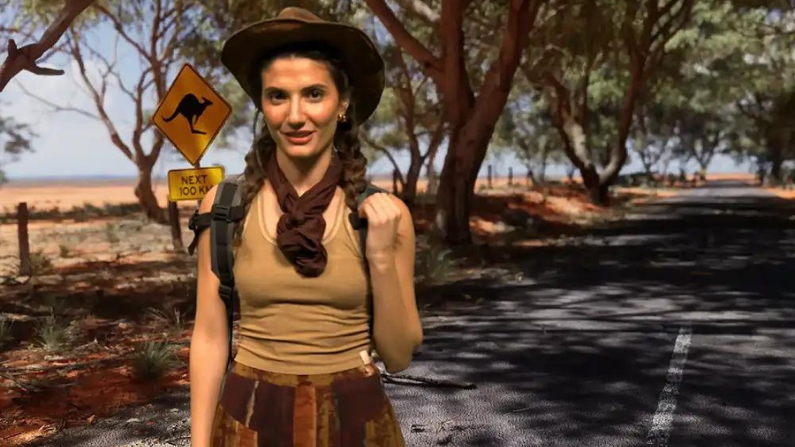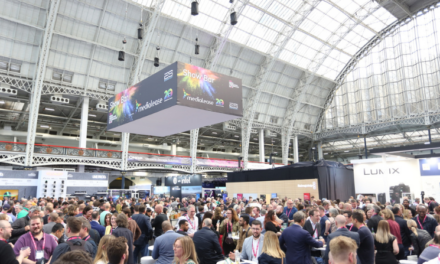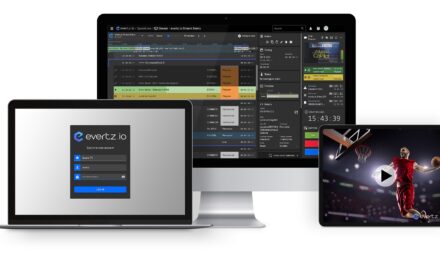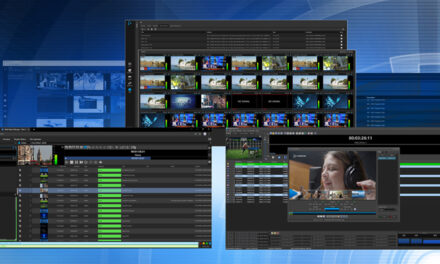Embracing the Future of Virtual Production in Small Studios: A Perspective on Best Practices and Recommended Technologies
By Richard Landy, Executive Director Broadley Studios.
In the rapidly evolving landscape of film and broadcast production, small studios face unique challenges and opportunities, especially when it comes to virtual production. Leveraging my experience in this dynamic field, I aim to shed light on the best practices and technologies that can transform small studios into hubs of innovation and creativity.
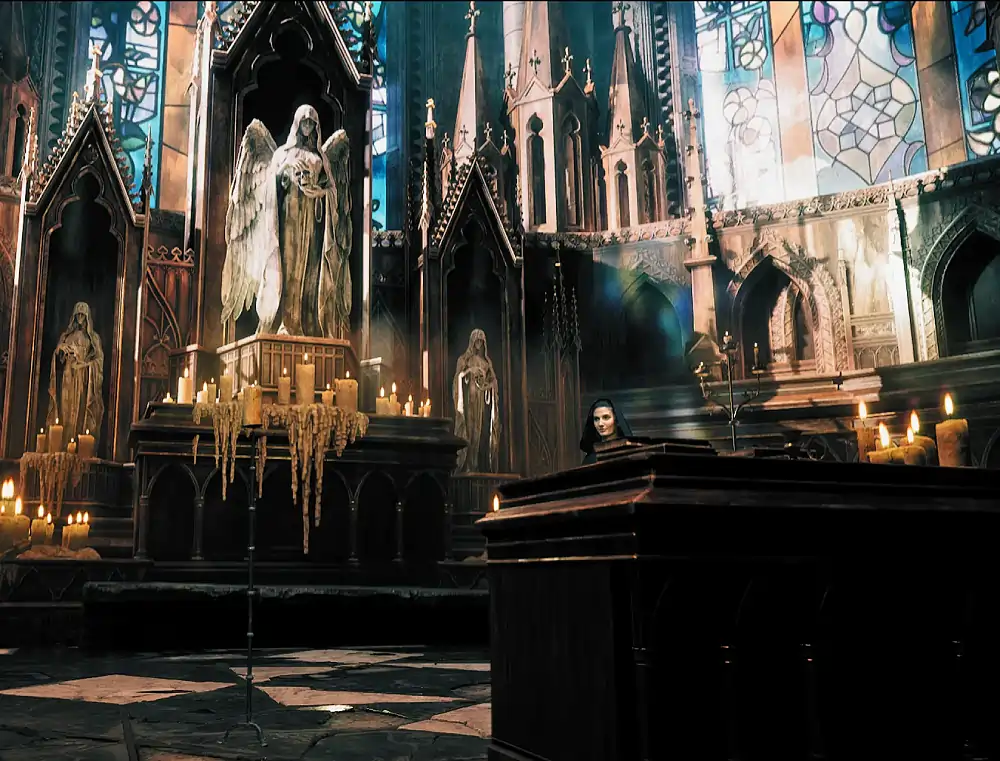
The Strategic Use of Green Screens:
- Space Optimization:
- For small studios where space is a premium, green screens are indispensable. They offer the ability to create diverse and dynamic backdrops in a confined area, effectively turning a single studio into a multitude of locations.
- Cost-Effective Production:
- Green screens minimize the need for expensive set constructions and location shoots. This cost-effectiveness is especially crucial for small studios operating with limited budgets.
- Post-Production Flexibility:
- The ability to alter backgrounds in post-production offers immense creative freedom. This flexibility is vital in an industry where client needs and creative directions can shift rapidly.
Balancing Advantages and Limitations:
While green screens offer numerous benefits, it’s important to acknowledge their limitations, such as the challenge of creating realistic interactions between actors and their environment. Here, LED screens have an advantage, providing real-time feedback and natural lighting. However, considering the cost and space constraints, LED screens may not always be feasible for smaller setups.

Integrating Cutting-Edge Technologies:
- Unreal Engine 5:
- I highly recommend Unreal Engine 5 for its unparalleled real-time rendering capabilities. It allows for the creation of photorealistic environments and significantly enhances the workflow by reducing post-production time.
- Brainstorm Infinity Set:
- Integrating Brainstorm Infinity Set provides a seamless blend of live footage with digital environments. It’s particularly effective for adding interactive and real-time graphics in virtual sets.
- Mo-Sys Star Tracker:
- Accurate camera tracking is essential in virtual production. The Mo-Sys Star Tracker system ensures that camera movements are perfectly synchronized with the virtual environment, maintaining the illusion of a cohesive space.
- Sony FX9 Camera:
- For capturing high-quality live-action footage, the Sony FX9 is my camera of choice. Its exceptional sensor and image processing capabilities make it ideal for blending with high-fidelity virtual environments.
Green Screens and Real-Time Rendering: A Game-Changer:

With Real-time rendering
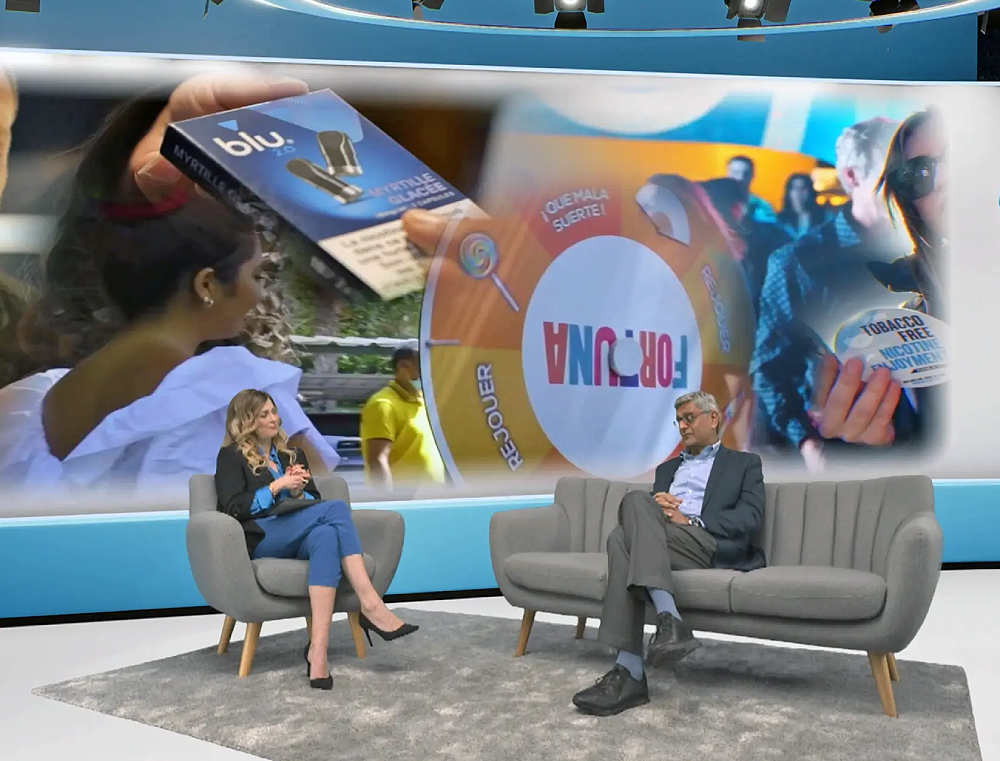
The synergy between green screens and real-time rendering technologies like Unreal Engine 5 is revolutionizing content creation. This combination allows for on-the-spot experimentation with different backgrounds, providing both speed and versatility in production.
Conclusion:
In conclusion, small studios looking to excel in virtual production should focus on harnessing the power of green screens in combination with advanced technologies like Unreal Engine 5, Brainstorm Infinity Set, Mo-Sys Star Tracker, and the Sony FX9. This approach not only maximizes the utility of limited space but also ensures cost-effectiveness without compromising on creative quality. As we continue to navigate and shape the future of virtual production, embracing these tools and practices is essential for staying competitive and innovative in this exciting industry.

